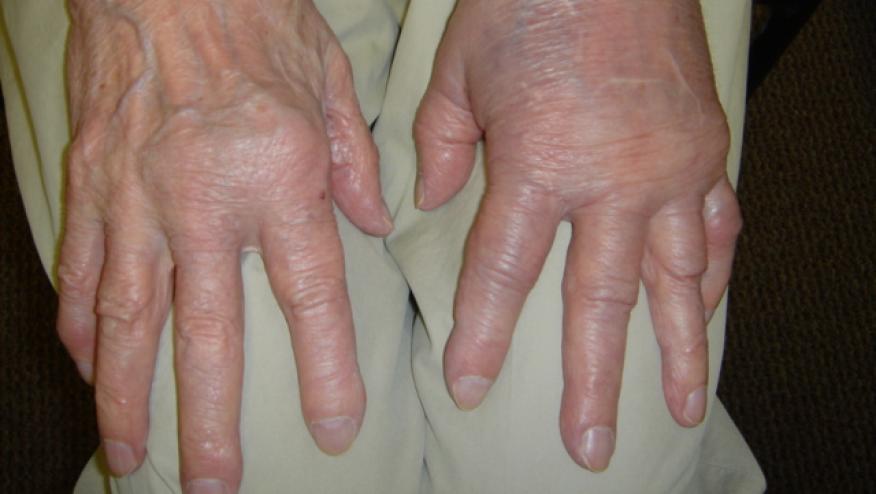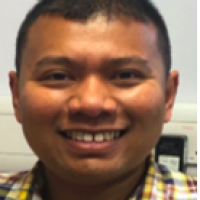Next generation JAK-inhibition strategies Save

It has been just over a decade since the approval of tofacitinib (JAK1/JAK3-inhibitor) by the US FDA for the treatment of rheumatoid arthritis. Since then, baricitinib (JAK1/JAK2-i), filgotinib and upadacitinib (both selectively targeting JAK1) also have been licensed for the treatment of rheumatoid arthritis. As there are many more JAK-inhibitors evaluated in clinical trials currently, how do you stand out?
At this year’s ACR 2023 Conference in San Diego, California, Dr Liang (Abstr# 0840) presented the efficacy and safety data of a novel compound, TLL-018, a highly selective dual JAK1/TYK2 inhibitor. This Phase 2a RCT in China recruited patients who were MTX-IR. It is worth noting that 50% of them had biologics exposure including 20% with JAK-i. It was a head-to-head trial of TLL-018 vs tofacitinib for which 101 patients were randomised. Two other unique points of this study were a) the use of higher hurdle endpoint, ACR50 response as the primary endpoint; and b) patients in the tofacitinib group who did not meet ACR50 response at Week 12 were offered to be treated with the active drug. At Week 12, more patients in the TLL-018 group achieved ACR50 response (10mg, 20mg and 30mg, 48.0%, 65%, 72.0%, respectively) vs tofacitinib (42%); with the doses 20mg and 30mg exhibited superiority over tofacitinib. Tofacitinib-treated patients who did not meet ACR50 response at Week 12 and subsequently switched to TLL-018 20mg also exhibited dramatically improved responses. Apart from two cases of herpes zoster in the TLL-018 20mg group, no other concerning safety signal observed.
It is believed by many that JAK1-inhibition is crucial from therapeutic and safety perspectives. Could you be more selective than the current JAK-i? In the late-breaking poster abstract session, Dr Wu (Abstr# L09) presented the efficacy and safety data of a Phase 2 RCT of a novel drug, LNK01001, a highly selective oral JAK1-i for the treatment of csDMARDs-IR patients with rheumatoid arthritis in China (N=156). Similar to the study design above, patients in the placebo arm who did not meet the primary endpoint at Week 12, the ACR20 response were offered to be treated with the active drug. At Week 12, significantly more patients treated with LNK01001 achieved all ACR responses (for the 12mg dose: ACR20=60%, ACR50=40% and ACR70=12%; for 24mg dose: ACR20=73%, ACR50=42% and ACR70=23%) vs placebo (ACR20=32%; ACR50=9% and ACR70=2%). Over 90% of the placebo-treated patients who were treated with the active drugs achieved ACR20 response at Week 24. The one impressive result was that no serious infection, malignancy, venous thromboembolism or major adverse cardiovascular events were reported up to 24 weeks. There was one herpes zoster case in each group.
So what do the results of these studies tell us?
To stand out from the crowd, novel strategy or mechanism of action is fundamental. Data from combination JAK1/Tyk2 inhibition (TLL-018) were so impressive (i.e. no other advanced therapy could reach over 50% ACR50 response) that this was also head-scratching at the same time. Addition of Tyk2-inhibition to JAK1 appears to enhance treatment efficacy although this needs to be confirmed in definitive studies. Phase 3 RCTs are currently undergoing in China and further global trials are mandated to generalise findings. Lastly, if the favourable safety profile of LNK010001 is maintained in the longer-term follow-up, definitive studies and in real-world, this could be its unique selling point in the ever crowded market.










If you are a health practitioner, you may Login/Register to comment.
Due to the nature of these comment forums, only health practitioners are allowed to comment at this time.